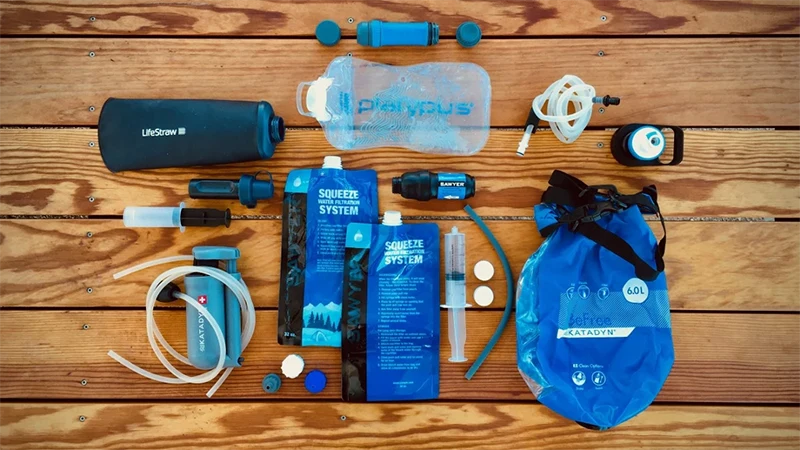

Dogs and Ticks: A Guide to Preventative Care and Treatment of Disease and Illness
As ticks and related diseases and illnesses are becoming more prevalent, know how to protect your dog’s health
As the first glimpses of summer appear in different parts of the country, dogs and their owners are ramping up training and other activities before our bird and small game seasons return. All the fun can take a turn for the worse, however, if you aren’t proactive in searching for and removing ticks from your beloved companion as tick-borne diseases can do severe damage to a dog’s health if not caught soon enough.
The United States is host to many different types of these nasty arachnids, such as the blacklegged, dog, groundhog, Gulf Coast, Rocky Mountain wood, soft, and the Lone Star ticks. Of those, there are two types of blacklegged (deer and western) and dog ticks (American and brown). Most ticks thrive in heavily-wooded forest cover and grasslands, but are also found in cities, towns, and other populated areas. Even urban areas where deer and rodent populations have risen will harbor ticks. With this, each species is unique in its disease transmission and what they choose to feed on.
As one of the lead doctors at Cheat Lake Animal Hospital, a small animal general practice and emergency hospital in Morgantown, West Virginia, Dr. Lindsay Vega DVM notes that she frequently diagnoses dogs with Lyme disease, the most common tick-borne disease transmitted to pets and humans in the Mountain State.
Continue reading more how to protect your dogs from ticks this summer, written by Andrew Spellman here.
From the Squad
Campfire conversations with our community, from Squad Members and Ambassadors to Brand Partners and the Sawyer team.

















